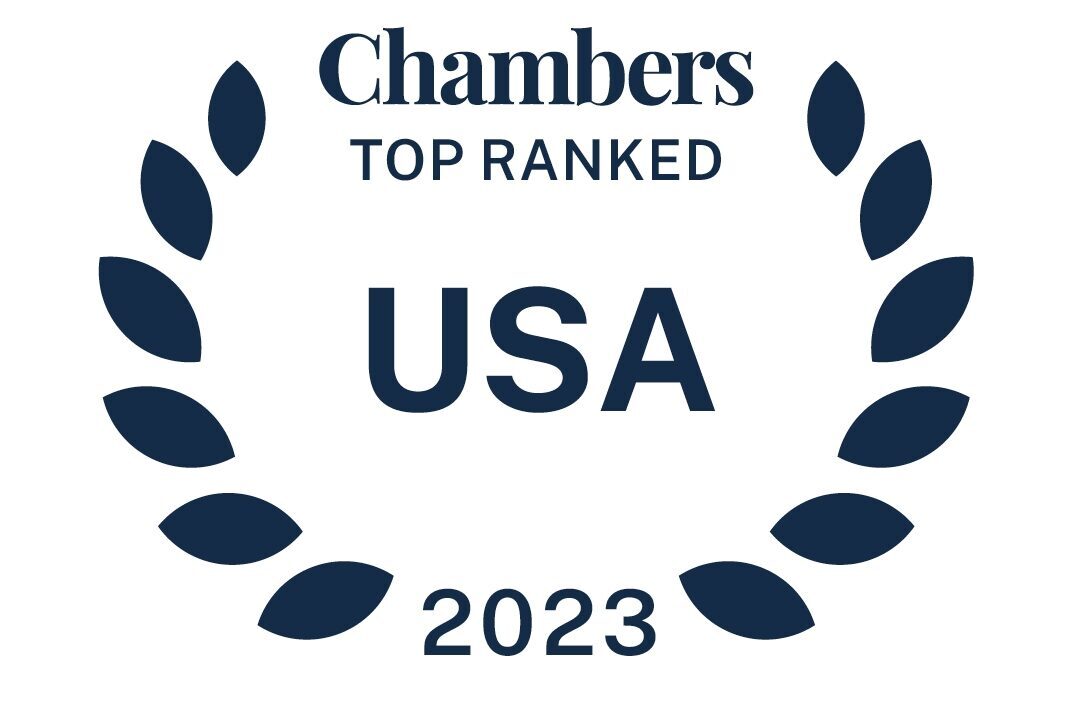The digital health and health tech sectors are undergoing a period of accelerated transformation amidst a fragmented regulatory landscape. Companies are looking within and to peers to determine how to pursue innovation while balancing financial and regulatory risks in this challenging landscape, while investors are waiting for leaders to emerge. This briefing outlines four critical inflection points that are redefining the market.
1. AI in Healthcare: Building Trust and Embracing Risk Amidst Regulatory Uncertainty
Inflection Point: With no clear federal legal framework for AI in healthcare, organizations must work with internal and external stakeholders to build trust and understanding of the technology while proactively managing risk to drive adoption.
- Addressing Knowledge Gaps: Many patients lack the context to evaluate AI-driven decisions. Public-facing materials and clinician communication are key to bridging this gap. Empowering patients to engage with their own medical data – the information AI uses – establishes transparency and can build trust in AI-assisted care.
- Progress, Not Perfection: The question isn’t whether AI is perfect—it’s whether it’s better than current alternatives. Humans also make mistakes, but human error is more acceptable to the public than AI error. Framing AI as a tool for enhancement, not replacement, helps build trust. Communicating success stories to overcome negative perceptions in the court of public opinion is an important step in advancing AI within healthcare.
- Risk Without Regulation: The absence of federal AI regulation requires healthcare organizations to build internal frameworks for risk quantification and mitigation.
- Human-in-the-Loop Models as a De-Risking Strategy: At this time, AI is most often being deployed as clinical decision support—not as a replacement for clinicians. These models must be pressure-tested by competent humans to avoid hallucinations and ensure accountability. From a legal standpoint, the source of error—human or machine—doesn’t change the risk. What matters is whether the output was pressure-tested by a qualified reviewer.
Investor Insight: Back companies that treat AI governance as a strategic asset, not just a compliance checkbox. The strongest players combine defensible frameworks, clear accountability, and alignment with emerging federal and state guidance with real-world evidence and proven use cases. Models that embed meaningful human oversight, anchored by the pedigree and expertise of the individuals in that loop, reduce both clinical and regulatory risk. That combination makes them far more investable and better positioned for long-term adoption.
2. Payment Model Volatility: Navigating the Cash-Pay Surge and Reimbursement Gaps
Inflection Point: The traditional reimbursement ecosystem is now one of many paths for digital health companies.
- Cash-Pay Expansion: We see continued growth in cash-pay models given challenges with health plan coverage and consumer preferences to leverage virtual models for certain treatments, such as weight loss.
- Reimbursement Realities: Many digital health companies are opting out of insurance due to low reimbursement rates and protracted contracting cycles. Fee-for-service remains dominant, but Per Member Per Month (PMPM) contracts are gaining traction—especially when not tied to value-based care.
- TPA & Employer Dynamics: Third-party administrators (TPAs) increasingly expect digital health vendors to function as in-network providers. Meanwhile, employers are consolidating point solutions.
Investor Insight: Look for companies with diversified revenue strategies and the ability to navigate payor credentialing and contracting complexity.
3. Regulatory Fragmentation: State-Level Barriers and Compliance Complexity
Inflection Point: Regulatory inconsistency across states is creating operational friction, scalability challenges, and compliance risk.
- Credentialing Challenges: Credentialing delays are a contributing factor of high provider attrition rates. Partnerships with National Committee for Quality Assurance (NCQA)-certified Credentials Verification Organizations (CVOs) are emerging as a solution, but implementation remains uneven.
- Mid-Level Provider Variability: Regulations governing nurse practitioners and physician assistants vary widely by state, complicating staffing and service delivery models.
- Access Restrictions: Cash-pay telehealth providers often face barriers to accessing patient medical records, undermining trust and continuity of care.
Investor Insight: Prioritize companies with strong compliance infrastructure and scalable credentialing strategies.
4. Employer & Broker Channel Shifts: From Point Solutions to Ecosystem Integration
Inflection Point: Employers are demanding integrated digital health ecosystems over fragmented point solutions, but it is currently unclear which healthcare stakeholders can best orchestrate an ecosystem.
- Broker Channel Leverage: To reach employers, digital health companies must navigate broker relationships or align with carrier pricing strategies—often requiring strategic concessions.
- Resale Models: Carriers are increasingly reselling digital health solutions as carved-out benefits, creating pricing and positioning challenges for vendors.
- Ecosystem Expectations: Employers want plug-and-play solutions that integrate seamlessly into existing benefits infrastructure, favoring vendors that offer breadth and interoperability.
Investor Insight: Back companies with ecosystem-ready platforms and well-structured channel partnerships. Prioritize those with a clear strategy for when to own the patient front end versus when to integrate seamlessly into existing pathways, and the discipline to know when not to be the front door.
Conclusion
Digital health and health tech is at a strategic crossroads. Companies that can adapt to payment volatility, regulatory fragmentation, and shifting employer expectations will be best positioned to lead their sectors and attract investor interest. McDermott Will & Schulte’s Health & Life Sciences team, and federal healthcare consultancy McDermott+, offer legal insight, strategic counsel, and government strategies to help companies navigate these inflection points, respond to risk, and scale with confidence.



